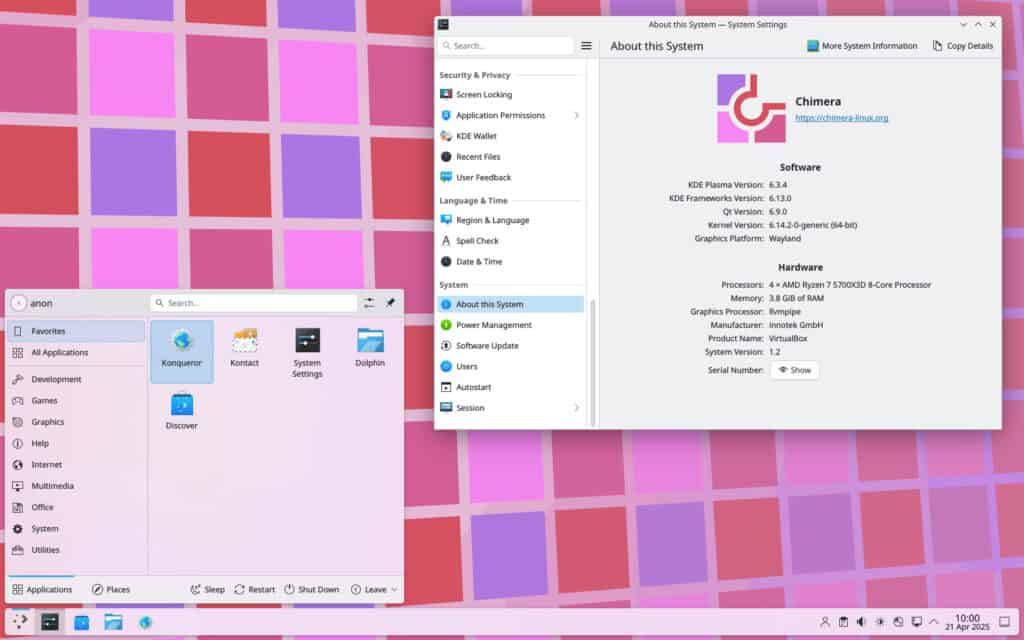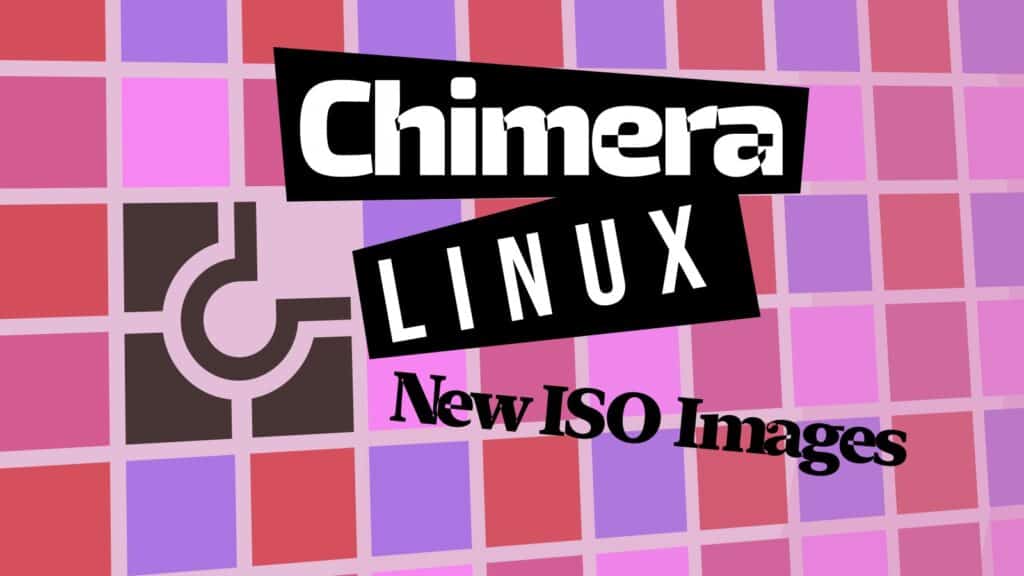Chimera Linux, a still-in-development systemd-free distro written from scratch that incorporates FreeBSD’s tools and libraries to provide a unique, lightweight, and modular experience, unveiled its latest set of installation ISOs powered by Linux kernel 6.14.
The main change – the distro is shifting away from GRUB for EFI/BIOS boot images. Instead, these images now utilize Limine as the default bootloader, marking an important initial step toward eventually migrating GRUB entirely to [user] repositories.
Of course, users still retain the freedom to choose their preferred bootloader upon system installation. It’s worth noting that the PowerPC and POWER architectures continue to use GRUB for now. At the same time, systemd-boot remains the recommended choice for installed EFI systems due to current limitations in Limine integration.
Moreover, Chimera Linux expands its architecture support. Alongside existing platforms like AArch64, PowerPC, POWER LE/BE, RISC-V, and x86_64, the distribution now includes LoongArch64 architecture images. Additionally, the AArch64 image catalog welcomes newcomers, Rock64 and QuartzPro64.
Thanks to its rolling release nature, on the desktop front, the distro brings only the latest and greatest. For GNOME fans, there is GNOME 48. KDE enthusiasts received Plasma 6.3.4, along with Qt 6.9, the KDE Gear 25.04 apps collection, and Frameworks 6.13.

The new updated ISO images also address numerous bugs and enhance the user experience. Problems with cross-device links and installations featuring separate “/boot” partitions have been resolved. Additionally, the APK package manager’s previous instability issues, such as segmentation faults occurring without a network connection, have been effectively fixed.
Regarding Chimera’s upcoming plans, the distro looks to provide dedicated support for mobile devices alongside broader mobile-focused packaging options. Developers and enthusiasts can also look forward to the inclusion of the ARMv7 architecture.
Lastly, Chimera intends to enhance user convenience by automatically resizing root partitions and file systems on the first boot for device SD images—a feature currently under active development; plus Limine boot loader is anticipated to achieve full distro integration.
For more information, see the announcement.
The ISOs are available for download here. You can choose from live images with the GNOME or Plasma desktop environments, or go with a minimal ‘base’ option.
Just keep in mind that none of these come with a graphical installer—the setup is entirely terminal-based, much like Arch. But don’t worry – the documentation walks you through every step in detail, so you won’t be left guessing.

What are the advantages of Limine? Grub has been a reliable boot loader for a long time. I remember LILO which Grub replaced around 2009 and was discontinued in 2015, with good reason, as it was somewhat unreliable. I can't say that about Grub.